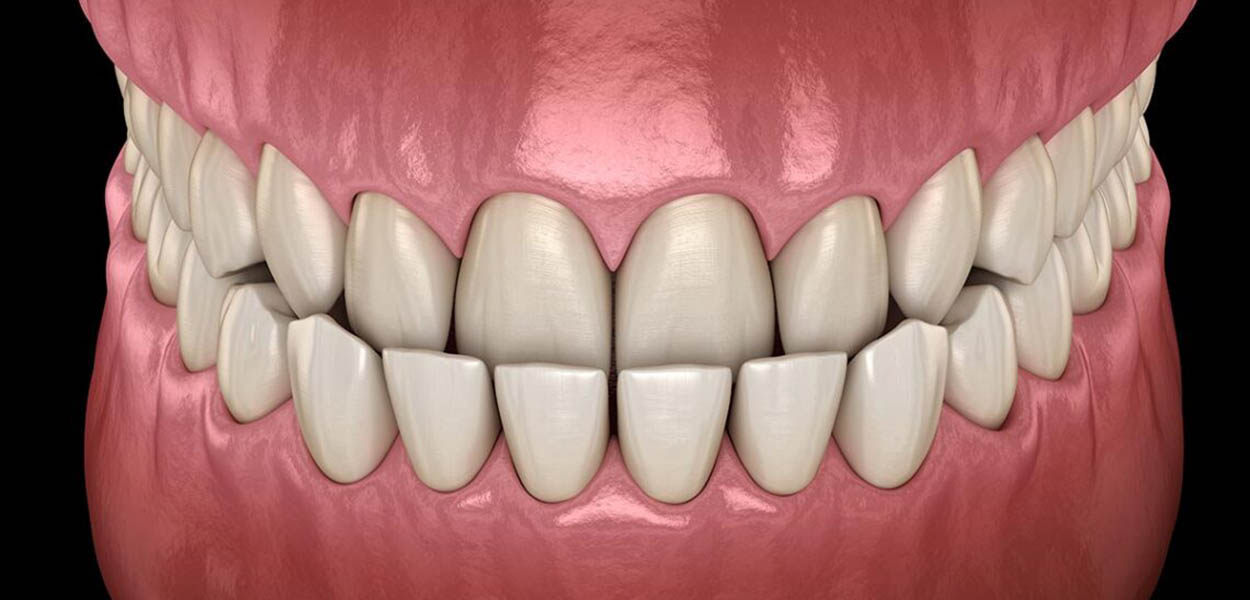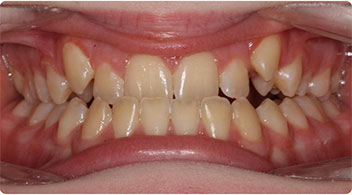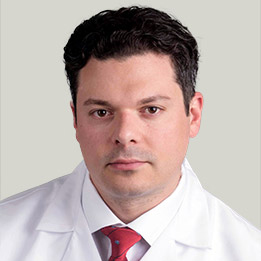Can an Underbite be Corrected Without Braces?


What is an Underbite?
An underbite is when the lower jaw and teeth protrude out and over the upper teeth. It is not as common as an overbite but currently 1 in 10 Americans has an underbite. This condition can affect anyone of any ethnicity, although it is more commonly seen in Asian ethnicities; however, anyone is prone to this condition, and Dr. Michael Stosich with Stosich Consulting says that underbites are typically hereditary.
How to Correct an Underbite?
Correcting an underbite can be achieved in any number of ways, but it mostly depends on severity, age, and overall medical condition. A good orthodontist will be the best resource you have and can guide you in the right direction on how to properly and effectively correct an underbite. If left unresolved, an underbite can cause low self esteem, speech problems, enamel erosion, poor oral hygiene, bite problems, and temporal mandibular joint pain (TMJ) and jaw clicking, just to name a few.
Fixing Underbite in Children
Children will typically have an easier time with fixing an underbite as their bones are not fully developed until the age of 18-21. This will make the process easier as the teeth and bones are more easily manipulated with the use of braces and other underbite teeth treatment, and once set, the results will be permanent.
Underbite Headgear
A common form of treatment that is available for children who experience severe underbite, will involve wearing a chin cap and underbite headgear, also known as reverse or face mask headgear, for at least 12 hours a day. According to Dr. Michael Stosich, this approach is usually best for children between the ages of 5 and 7 and will need to be followed up with 1-3 years’ of braces. Most children can benefit without the need for underbite correction surgery with this method.
Upper Jaw Expander
An Upper Jaw Expander is another common form of orthodontics treatment for children. Treatment will generally take approximately one year to complete, and then will be followed up by wearing a retainer to ensure the jaw or teeth won’t shift or move back out of alignment. This treatment consists of wire or a metal bar that fits in the roof of the mouth and will have a keyhole in the middle that is activated with a key to work during the night. Over the course of a year, it will widen the upper jaw to eventually fit over the lower jaw.
Correcting an Underbite with Mini-Plates
A relatively new, and highly effective treatment, involves the temporary insertion of Titanium Miniplates. This procedure is classified as “pure bone-borne orthopedic forces applied with intermaxillary elastics on miniplates.” Unlike wearing a face mask at the age of 7, this procedure can be initiated earlier or a little later if needed to due it’s reliance on direct bony anchorage. Socially, this procedure is preferred over the face mask therapy for obvious reasons, but will take direct participation from the child to replace elastics once daily.
Underbite Correction Surgery
Correcting an underbite in adults tends to be a bit more complicated due to maturation of bones and teeth; it will usually require surgery, followed up by the use of braces. At this point, it will become necessary to alter the jaw bones to properly align the teeth due to underbite. Based on your particular set of circumstances, your orthodontist may follow up with braces or a retainer at this point to ensure a permanent fix.
An underbite can be corrected at any age, but will need to be approached in different ways, depending on your situation. Children, adolescents and young adults will benefit much better from wearing braces for underbite correction than an older adult. Older adults will most likely need jaw surgery followed up by orthodontic braces to round out the treatment afterward.


